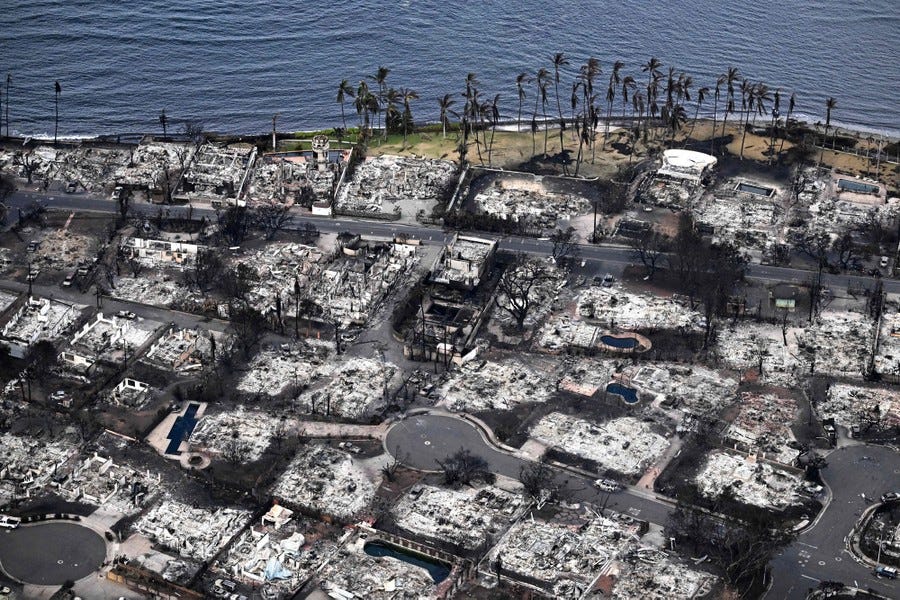The Top 5: Social media homicides, grief camp, trigger warnings, therapy culture
Plus, catch up on Wear We Are

Welcome to your weekly edition of the Top 5 articles we’ve read this week. Each week, we read dozens of articles in the hope we find essays and reporting that speak to big ideas, trends, future looks, and incredible human stories. We hope you enjoy our list, and do always let us know if you have a suggestion or a recommendation! Please also consider becoming a paid subscriber if this is one of those newsletters you open up all the time or look forward to each week. We couldn’t do this work without our paying subscribers!
Also, if you haven’t already done so, please pre-order Michael’s book, “The Spirit of Our Politics: Spiritual Formation and the Renovation of Public Life.” Pre-orders are so helpful!
The Top 5 articles for your week:
“The Ones We Sent Away” (The Atlantic)
Because recent Pulitzer winner Jennifer Senior uncovers her own family’s experience with an old practice: sending away young disabled sons and daughters and siblings to care homes, and then forgetting about them. It’s some of the most beautiful writing we’ve seen this year.
“Hey America, Grow Up!” and “I Was Wrong About Trigger Warnings” and “Summer Camp: Sun, Swimming, Archery. And Therapy” (NYT; The Atlantic; NYT)
Because if you’re a listener to the podcast, this week’s episode covers our therapeutic culture. Each of these essays explores an aspect of the big picture: first, David Brook’s looks to Christopher Lasch, safetyism, and trauma. Next, Jill Filopovic looks at her role in promoting “trigger warnings” and how they went from a small, seemingly harmless note to a bigger phenomena. And finally, Ellen Berry reports from the NJY camp in Pennsylvania about how an ordinary sleep-away camp has turned into a place to manage the immense amounts of depression, anxiety, and more of the very young campers.
“Notes from Grief Camp” (The Walrus)
Because Mitchell Consky writes about how he was trained as a volunteer at Camp Erin, a camp for kids who have recently experienced death in their family, all while having recently experienced the grief of losing his father. It’s a different kind of camp story to the one reported by the NYT above.
“What Was the Fact?” (The New Atlantis)
Because Jon Askonas argues, “Centuries ago, our society buried profound differences of conscience, ideas, and faith, and in their place erected facts, which did not seem to rise or fall on pesky political and philosophical questions. But the power of facts is now waning, not because we don’t have enough of them but because we have so many. What is replacing the old hegemony of facts is not a better and more authoritative form of knowledge but a digital deluge that leaves us once again drifting apart. As the old divisions come back into force, our institutions are haplessly trying to neutralize them. This project is hopeless — and so we must find another way. Learning to live together in truth even when the fact has lost its power is perhaps the most serious moral challenge of the twenty-first century.”
“How Social Media Apps Could Be Fueling Homicides Among Young Americans” (Pro Publica)
Because Alec McGillis reports on how social media is not just part of the story behind rising depression and anxiety numbers of young people, but also studies are finding that social media may be connected to rising violence and murder perpetrated by young people.



